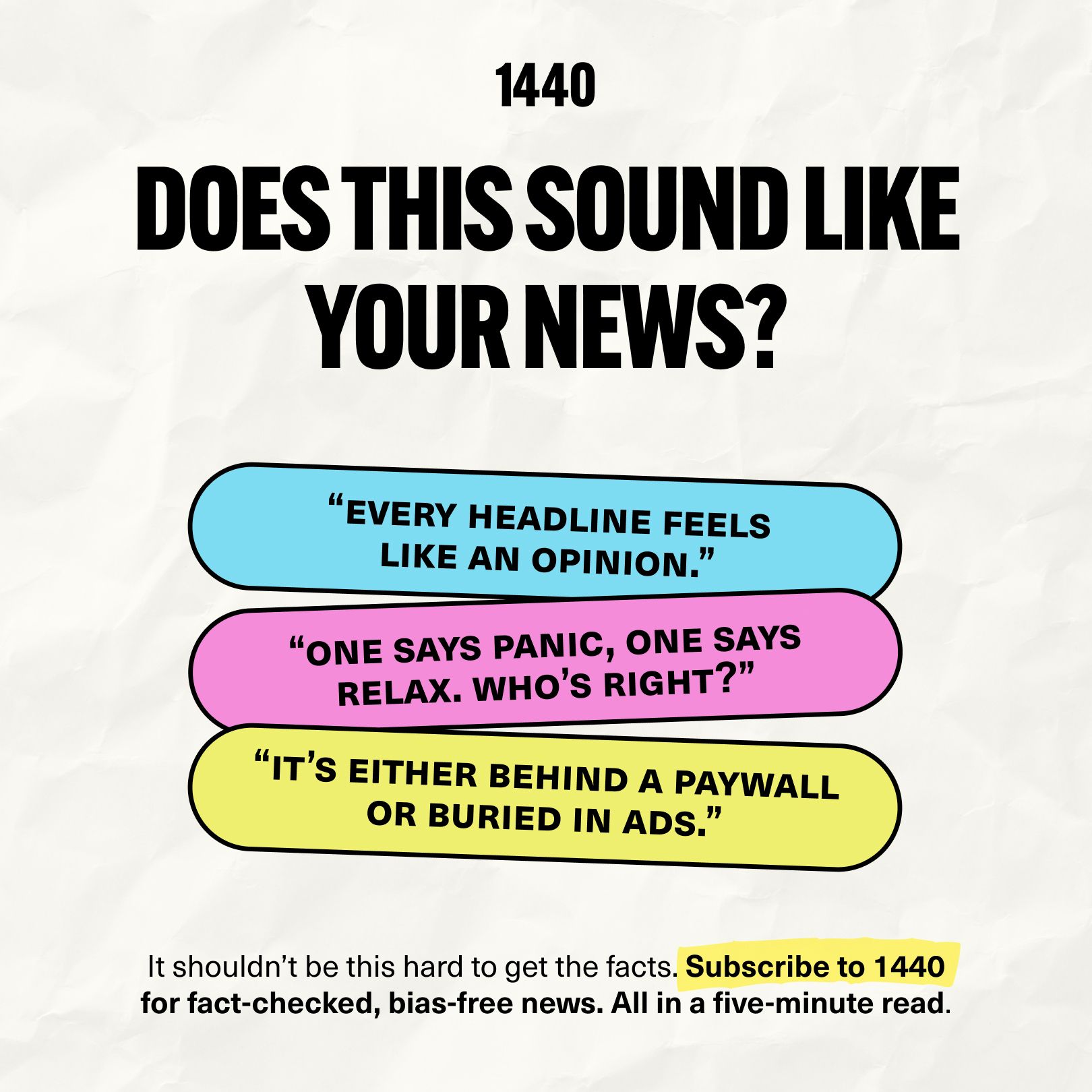- College Journalism
- Posts
- Storytelling as a teaching tool
Storytelling as a teaching tool
Plus, the true cost of campus Ai detectors, how to use the Deportation Data Project and student media wins.

Shutterstock
I arrived back home in Los Angeles last night after being in Texas and Oklahoma for an extended trip, and immediately started blabbing to my husband about everything I’d experienced since we’d been apart.
A surprise party that featured beer burros. The variety of photos at the funeral of a beloved family friend. A snake vs. bird fight. Nearly eating a baby june bug that somehow made its way into an otherwise delicious homemade cake.
The anecdotes kept pouring out of me, and at some point I took a breath and said, “I’ve been talking nonstop!” to which he replied, “I want to hear all your stories.”
Which was a nice thing to say! But that comment, plus what my algorithm has been feeding me lately, have me contemplating the power of storytelling.
I’m curious: How much of yourself do you bring to your classrooms?
I used to think that sitting up there telling war stories was self-aggrandizing and risked dating me. But sharing stories is a core human bonding experience, and it turns out I didn’t need to be a foreign correspondent or a New York Times editor to inspire my students.
So I challenge you to think about bringing a little more of yourselves and your experiences to your classrooms this fall. After all, we preach that authenticity and trust build the foundations of successful news enterprises.
Why not start modeling that in classrooms by being a little more vulnerable, a little funnier and a little more brave?
I think your students will love it.
Looking for unbiased, fact-based news? Join 1440 today.
Join over 4 million Americans who start their day with 1440 – your daily digest for unbiased, fact-centric news. From politics to sports, we cover it all by analyzing over 100 sources. Our concise, 5-minute read lands in your inbox each morning at no cost. Experience news without the noise; let 1440 help you make up your own mind. Sign up now and invite your friends and family to be part of the informed.
HEADLINES
A couple of thoughts on the rise of Ai in collegiate writing that might be worth your time:
A small liberal arts English professor thoughtfully ponders the pros and cons of Ai use in writing, throwing in some painfully honest interviews with current college students. (The New Yorker)
A Brookings Institute fellow urges us to embrace the coming Ai revolution and thoughtfully adapt our teaching instead of clutching pearls.
Related: Higher ed still spends big money on Ai detectors.
A Cal Matters investigation found one popular technology costly and unreliable.
Using the same reporting, The Chronicle of Higher Education examined how bigger-name schools get better deals on the popular Ai detective software Turnitin.
Should you need ICE arrest data in the coming year, here’s a great piece from The Journalist’s Resource that demonstrates how to use and analyze stats from the Deportation Data Project.
STUDENT MEDIA NEWS
The Independent Florida Alligator’s winning streak continues: The University of Florida’s student newspaper just won the Al Neuharth Award for Excellence in the Media, a 36-year-old honor that has also gone to Marty Baron, Walter Cronkite and Katie Couric.
Wisconsin Watch has a story that alleges a city cop inappropriately pursued female students and violated ethics rules; it was produced in partnership with the University of Wisconsin-Madison’s investigative journalism class.
Notre Dame’s student newspaper, The Irish Rover, is celebrating after the Indiana Supreme Court declined to hear a defamation case brought against the paper by a professor, who was the subject of reporting for her abortion activism.
And a shoutout to the student paper at the University of Idaho, the Argonaut, which has spent almost three years and more than 100 stories tirelessly covering the murders of four students, the subsequent police investigation, and the trial of Bryan Kohberger, who pleaded guilty last week in the slayings.
TEACHING LIBRARIES
More goodies for you! Get ‘em while they’re hot.
Ethics case study: A variety of news outlets published the audio recording of the ambushed Idaho firefighters calling for help. How do you ethically move forward with audio like this?
Lesson plan: Last week’s decision by Paramount to settle with Donald Trump has free press pundits dismayed. In this week’s lesson, we look at the actual video editing in question and ask students to decide what they would have done.
Assignment: Examine some creative ways to connect with local audiences through the civic journalism lens. Then ask your students to come up with their own.
FEEDBACK
Did you find this newsletter useful? I hope so! But wait! There’s more.
Book a free consultation with me to see how I can help you:
Get your student media and journalism departments aligned
Make a plan to excel at the Hearst Awards this year
Work with your students to improve their interview skills
You can email me at [email protected] anytime.
Have a great week!

